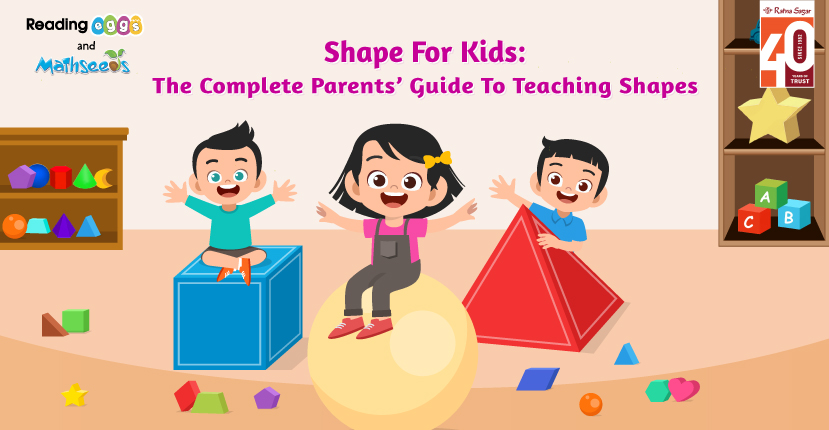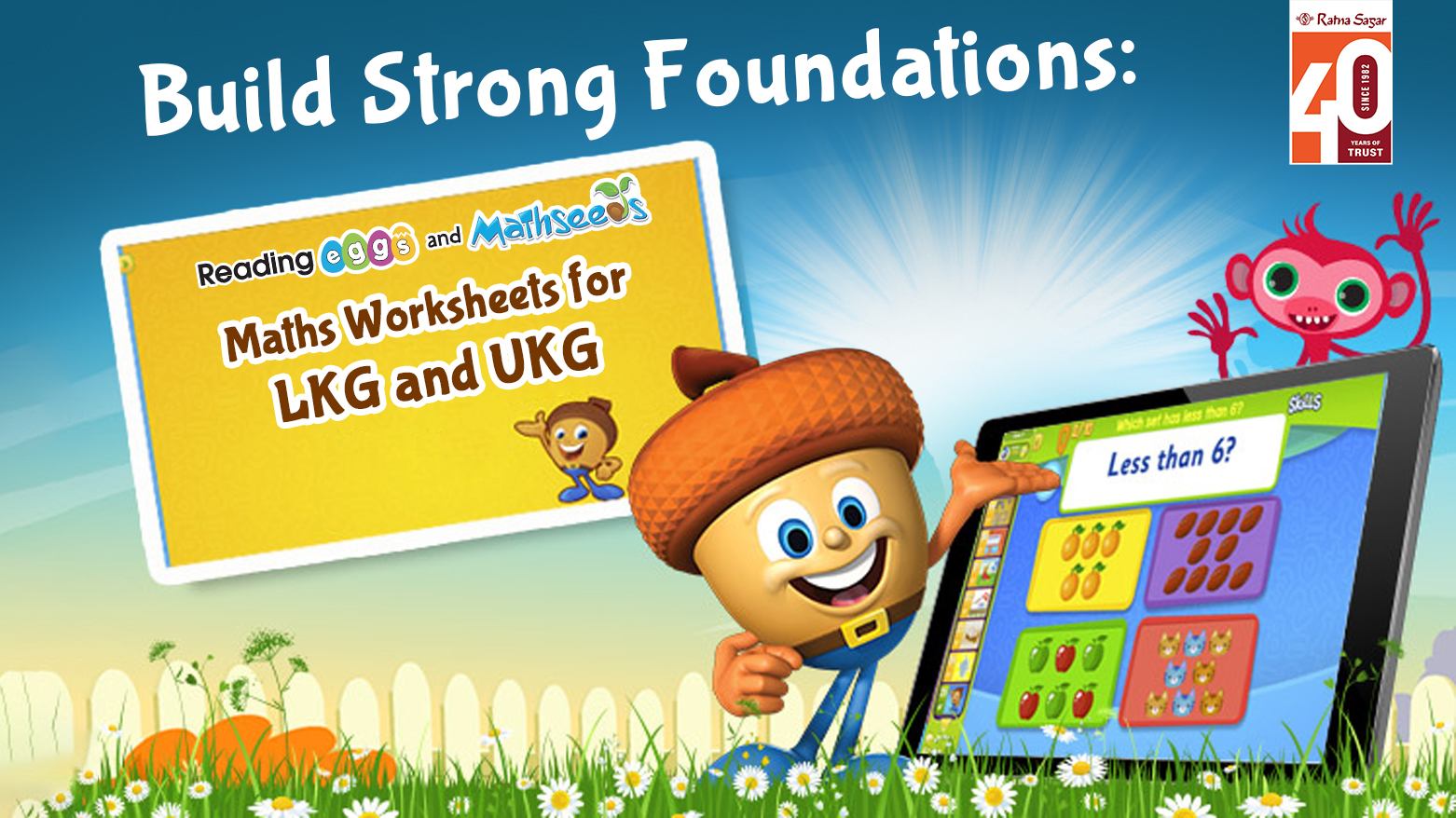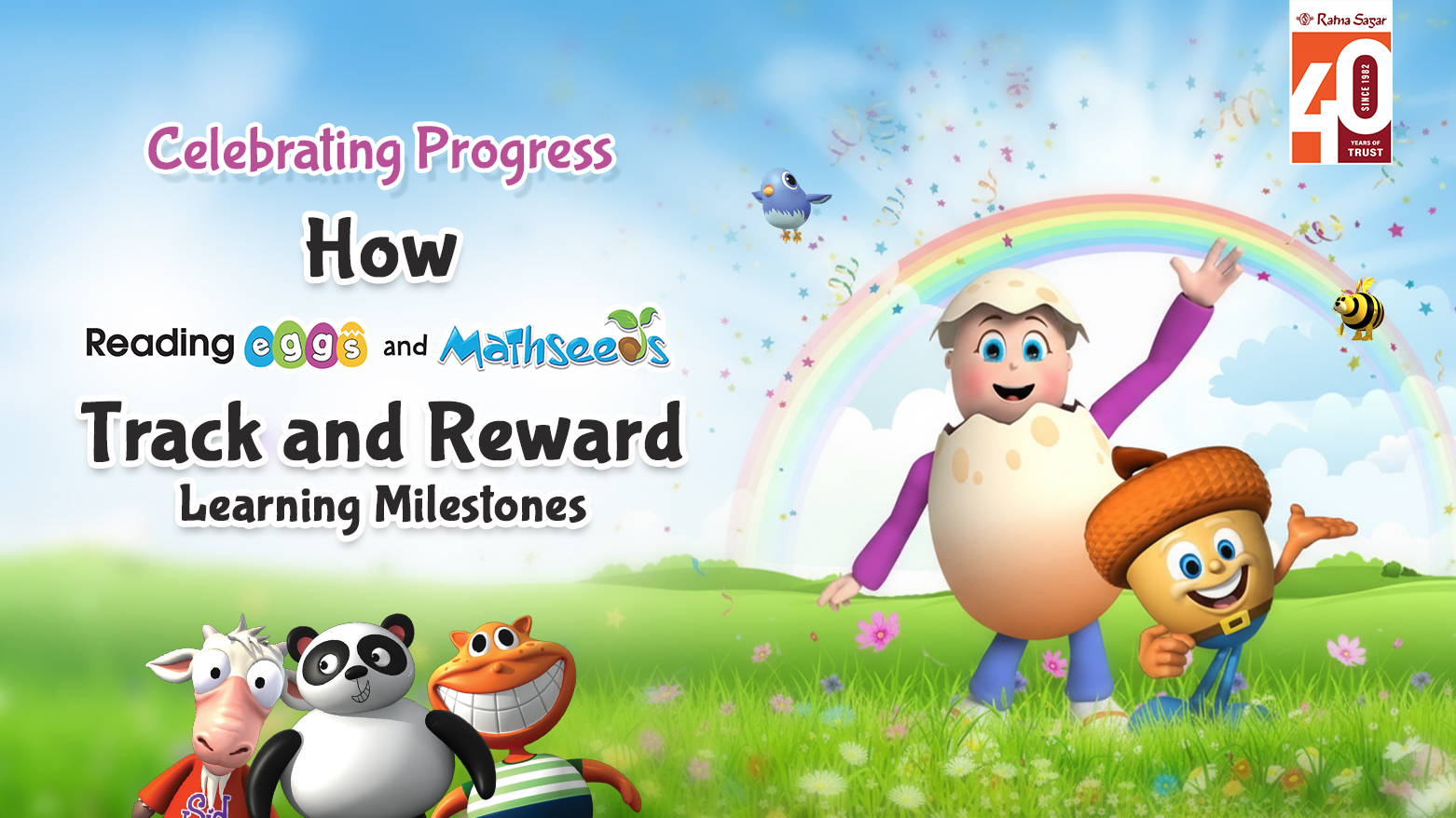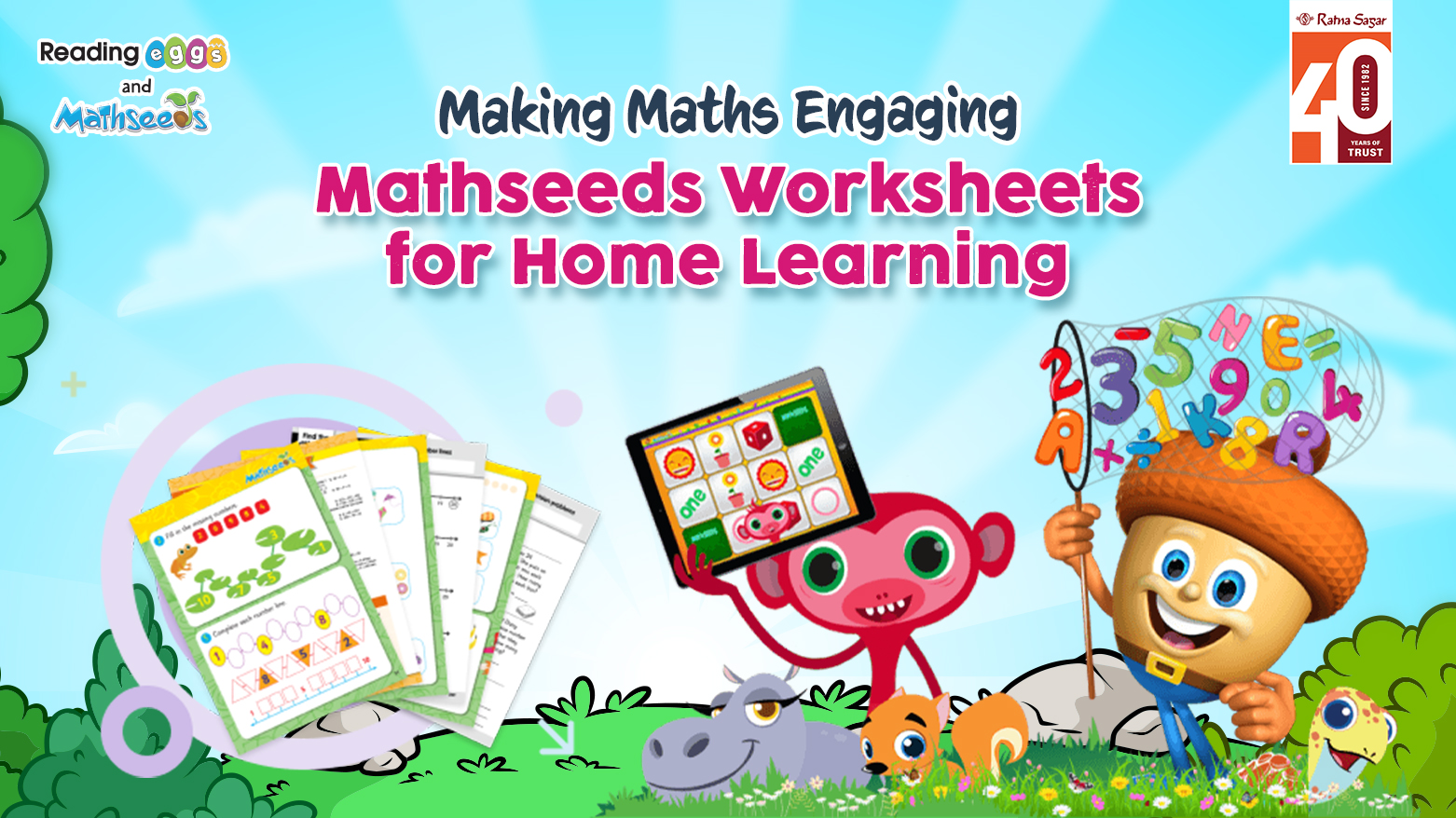Teaching shapes is one of the foundational steps in a child's early education. Understanding shapes does not just let children recognise circles, squares, or triangles; it builds their cognitive skills, enhances visual perception and sets the stage for more complex learning in the upcoming years. However, most of us would agree that teaching shapes to kids is not a bed of roses. Memorising names and identifying the number of sides or angles requires a lot of concentration, and children can easily lose focus. So, whether you’re a parent or a caregiver, we are here to help you in your pursuit of teaching shapes to your little ones. In this guide, we will help you introduce your child to the world of shapes in a fun, engaging, and effective way. Let’s begin by looking at why shapes are important.
Why Are Shapes Important?
Shapes are everywhere around us. From the wheels on a bicycle to the windows in a house, children interact with different shapes daily. They also get to hold and explore a variety of shapes that come with their toys. Teaching them to identify and understand these shapes helps in the following:
- Cognitive Development: Recognising and categorising shapes improve a child’s ability to think logically and solve problems.
- Maths Skills: Early shape recognition lays the groundwork for geometry, a critical part of mathematics.
- Language Development: Describing shapes helps children expand their vocabulary and enhance their communication skills.
- Spatial Awareness: Understanding shapes contributes to a child’s spatial reasoning, which is crucial for tasks like reading maps, playing sports, or even packing a suitcase.
Book 7 days FREE trial For UKG Maths Worksheet
When Should You Start Teaching Shapes?
You can start introducing shapes to your child as early as 18 months old. At this age, children begin to notice and differentiate between different objects and their forms. However, remember that every child learns at their own pace, so it’s important to be patient and supportive throughout the learning process.
How to Introduce Shapes to Your Child?
Here are some strategies to make learning shapes a natural and enjoyable experience:
- Start Simple: Begin with basic shapes like circles, squares, and triangles. Once your child is comfortable, gradually introduce more complex shapes such as rectangles, ovals, and diamonds.
- Use Everyday Objects: Point out shapes in everyday items. “Look, your plate is a circle!” or “The book is a rectangle.” This helps children relate shapes to their real-world surroundings.
- Shape Sorting Games: Invest in shape-sorting toys where your child can fit different shapes into corresponding slots. This hands-on activity reinforces their understanding of shapes and their differences.
- Interactive Stories and Poems: You can also tell children stories that involve shapes, like those that mention circular toys, moons, stars, or houses of different shapes. Reciting poems that incorporate shapes can be another fun way to reinforce their learning.
Fun Activities for Teaching Shapes
Keeping the learning process fun is key to maintaining your child’s interest. Here are a few activities you can try:
- Shape Scavenger Hunt: Create a list of shapes and go on a scavenger hunt around your house or neighbourhood to find objects that match each shape. To add some fun, play some lively music and challenge the children to spot the shapes before the music ends.
- Shape Collages: Cut out different shapes from coloured paper and help your child glue them onto a large sheet to create a collage. You can make simple objects like houses or animals using basic shapes.
- Shape Puzzles: Shape puzzles are a fantastic way to reinforce shape recognition while developing fine motor skills.
- Crafting with Shapes: Use materials like clay, playdough, or construction paper to create different shapes. This tactile experience helps children understand shapes in a three-dimensional context.
Book 7 days FREE trial For UKG Maths Worksheet
Challenges and How to Overcome Them
Teaching shapes can come with challenges, especially if your child is not immediately interested. Here’s how you can navigate some common hurdles:
- Lack of Interest: Try to incorporate shape learning into activities your child already enjoys, like drawing or playing with blocks, incorporating music into the games they play, tell them interesting stories that feature their favourite animals and birds.
- Consistency: Use consistent, repetitive language when describing shapes. For example, always refer to a square as “a shape with four equal sides.”
- Overwhelmed by Too Many Shapes: Introduce shapes gradually, focusing on one or two at a time before moving on to new ones.
As a parent, your involvement is crucial in making learning shapes a positive experience. Be patient, offer praise, and celebrate your child’s progress, no matter how small. Remember, the goal is not just to teach shapes but to foster a love for learning. If you want to have a regular time dedicated to learning for your little ones, do not miss out Reading Eggs and Mathseeds. It has lessons that help kids learn sounds, maths and phonics. Amazingly, it also incorporates an interactive lesson on shapes. Check it out now. 
Source: https://app.readingeggs.com/students/26387366/dashboard
Conclusion
Teaching shapes is more than just a basic educational task—it’s an opportunity to develop essential cognitive skills and lay a foundation for future learning. By incorporating shapes into everyday life, using fun activities, and being patient, you can help your child master this important milestone. Moreover, you can also find UKG English Worksheet for your child for a wholesome learning experience from here. Happy shape learning!




